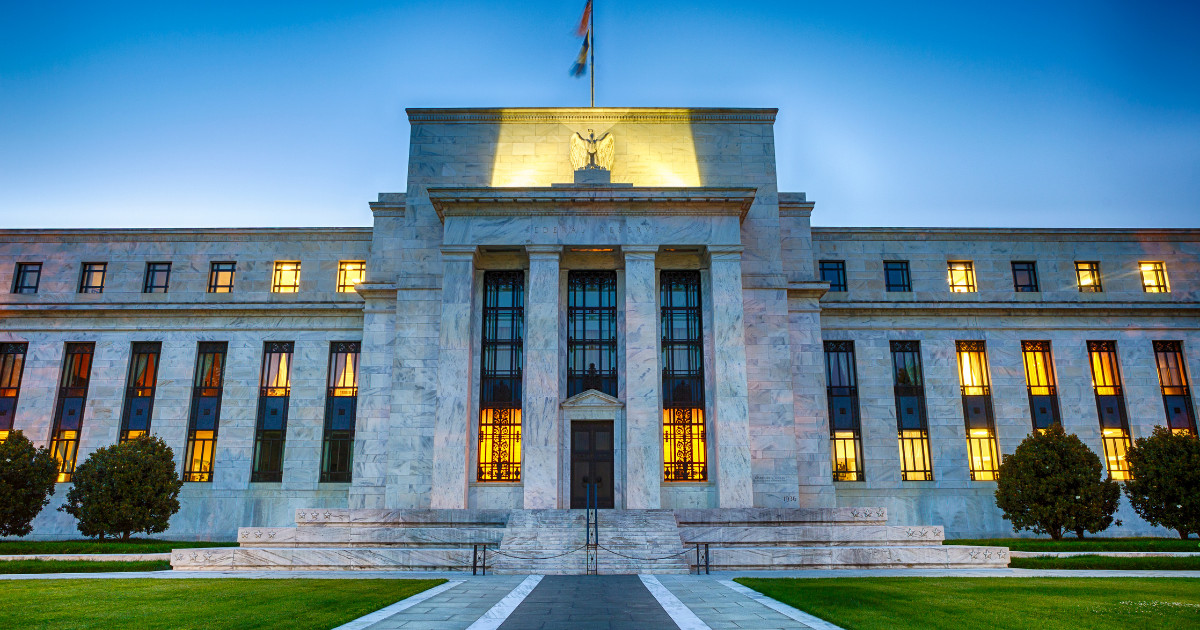Breaking: Fed Backs Down on Crypto Banking Crackdown

In a significant shift, the US Federal Reserve is softening its stance on cryptocurrency and stablecoin regulations, signaling a potential new era of digital financial innovation. The central bank has decided to roll back previous restrictive measures, opening the door for banks to explore and engage more freely with crypto-related activities.
This unexpected move suggests a growing recognition of the evolving financial landscape and the increasing importance of digital assets in the modern banking ecosystem. By easing its previous hard-line approach, the Federal Reserve appears to be acknowledging the growing mainstream acceptance of cryptocurrencies and stablecoins.
Financial institutions can now breathe a sigh of relief, as they will have more flexibility to integrate digital currency services into their existing operations. This policy change could potentially accelerate the adoption of blockchain technologies and digital financial instruments across the traditional banking sector.
While the details of the new guidelines are still emerging, the move represents a notable departure from the Fed's earlier cautious and restrictive approach to cryptocurrency. Banks and financial technology companies are likely to view this development as a positive signal of increased regulatory openness and potential future collaboration.
